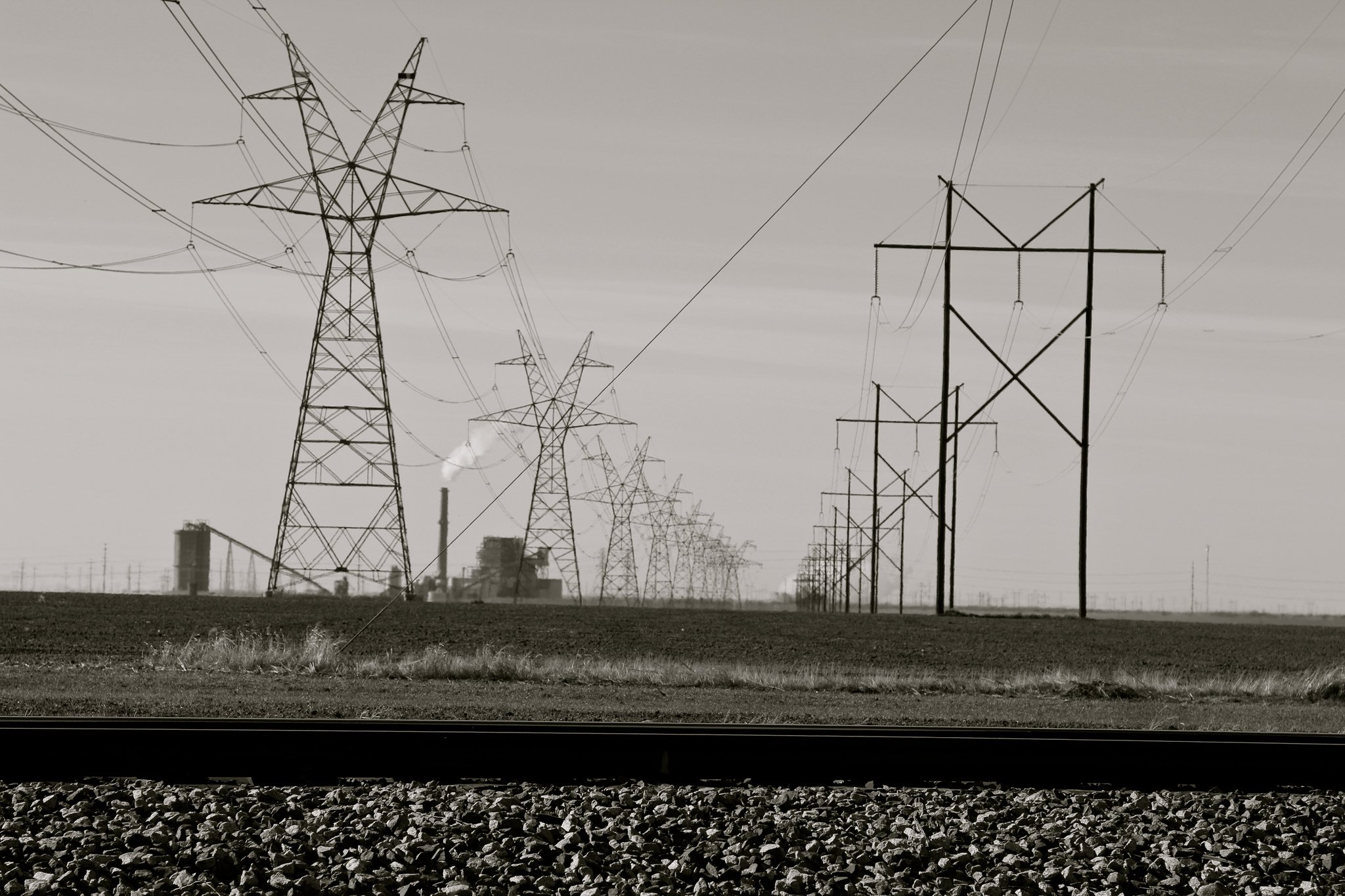Where’s the ‘Free Market’ for Nuclear Power?

It’s an article of faith among some free market advocates that wind power is nothing more than a government-created pseudo-industry.
For example, the corporate-funded Texas Public Policy Foundation’s literature fairly drips with condescension at Texas’ wind sector.
“Wind power must shed the government supplement and meet the tests of the free market place to find its appropriate niche,” opines former TCEQ chairwoman Kathleen Hartnett White (who now holds the ridiculously highfalutin title of Distinguished Senior Fellow in Residence and Director of the Armstrong Center for Energy & the Environment at the Texas Public Policy Foundation).
In reality, she writes, “wind power is an extremely expensive, inefficient, and unreliable source of electricity.”
It’s interesting, though, that we rarely hear free market cheerleaders criticize nuclear power for receiving even greater government support.
This is an industry that has had 60 years to mature, to wean itself from a cornucopia of government-funded production credits, tax breaks, loan guarantees, risk mitigation schemes and other incentives, not to mention hundreds of millions in “free” research conducted at the nation’s colleges and universities. Arguably, nuclear power has been one of the most heavily-subsidized and heavily-regulated industries of the last half-century.
And if anything, government has doubled-down in recent years, presumably in an effort to kickstart the moribund industry.
In 2005, Congress passed a notoriously pork-laden energy bill that proffered fresh goodies for new nuclear plants, about $18.5 billion in new tax credits, loan guarantees and construction insurance.
Closer to home, the Texas Legislature in 2007 agreed to reimburse school districts that gave tax breaks to nuke plant developers – a rather peculiar corporate subsidy since a nuclear plant can’t exactly be located just anywhere. The deal even extended to NRG’s expansion of the South Texas (Nuclear) Project, which was already well underway and presumably wasn’t going to end without the kiddies’ property tax dollars.
Despite all this, we haven’t since a new plant break ground since 1973. Even with all the new incentives, the “nuclear renaissance” is stumbling.
The situation in San Antonio is instructive. When NRG Energy announced a plan in 2006 to add two new reactors to the South Texas Project, an existing 2,700-megawatt plan near Bay City, nuke boosters cheered. Finally, a company was putting its money where its mouth was.
Yet, the project is now mired in the same problems that plagued the original South Texas Project: cost overruns measured in the billions, delays in the licensing process, and ugly infighting between the partners. It’s become fairly obvious that City Public Services, the city-owned utility, wants out of the deal. NRG Energy, meanwhile, is worried about losing limited federal dollars.
NRG is concerned that ongoing uncertainty about the utility’s participation in the project jeopardizes the project’s chance to obtain a crucial federal loan guarantee and other incentives aimed at reviving the U.S. nuclear industry after a three-decade lull.
The U.S. Department of Energy is expected to announce the first commitment from the $18.5 billion loan program soon.
Ironically, the cost of the South Texas Project expansion alone is now estimated at $18 billion. We await a press release from TPPF decrying the waste of taxpayer dollars on new nukes.


